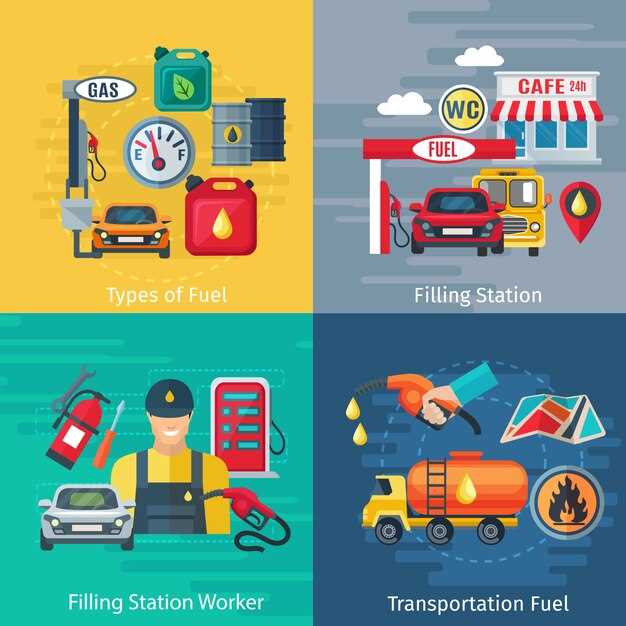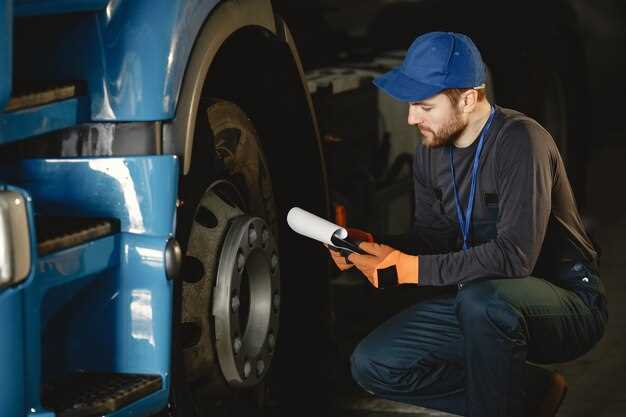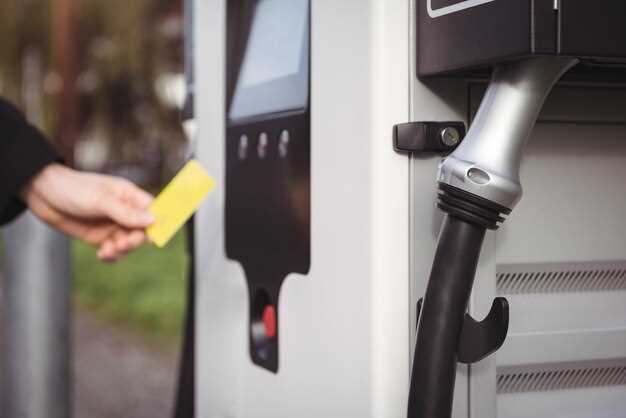
In today’s competitive business environment, fleet managers are under increasing pressure to optimize operational costs while ensuring service efficiency. Fuel expenses represent a significant portion of the budget for fleet operations, which makes improving fuel efficiency an essential focus for managers seeking to maximize profitability.
Implementing effective fuel efficiency strategies not only reduces costs but also helps organizations contribute to environmental sustainability. As fuel prices fluctuate and regulations tighten, identifying and executing strategies that enhance fuel economy becomes not just a best practice but a necessity for fleet managers.
This article explores a range of innovative fuel efficiency strategies tailored for fleet operations. From the use of advanced telematics systems to adopting driver training programs, we will delve into practical solutions that can lead to significant savings. Additionally, we will examine how regular vehicle maintenance and route optimization can result in improved fuel performance, ensuring that your fleet remains both cost-effective and environmentally responsible.
Optimizing Vehicle Maintenance Schedules to Reduce Fuel Consumption
Regular vehicle maintenance is crucial for fleet managers aiming to enhance fuel efficiency. Neglecting maintenance can lead to higher fuel consumption, increased emissions, and the potential for costly repairs. A well-structured maintenance schedule can significantly improve the performance and lifespan of vehicles while optimizing fuel usage.
First, conducting routine inspections is essential. This includes checking tire pressure, engine performance, and fluid levels. Under-inflated tires can increase rolling resistance, leading to higher fuel usage. Fleet managers should ensure that tires are maintained at the manufacturer-recommended pressure and rotated regularly to promote even wear.
Engine tuning is another critical aspect of maintenance. Regularly scheduled tune-ups, including the replacement of spark plugs and air filters, can improve engine efficiency. A well-tuned engine burns fuel more effectively, resulting in better mileage. Additionally, using high-quality motor oil can reduce friction, which also enhances fuel efficiency.
Moreover, monitoring vehicle telematics can provide insights into individual vehicle performance. Fleet managers can track metrics such as fuel consumption, idle time, and driving behavior. This data helps identify vehicles that require attention or drivers who may need additional training to optimize fuel efficiency.
Adopting a proactive approach to maintenance rather than a reactive one can save costs in the long run. Predictive maintenance strategies enable fleet managers to anticipate issues before they occur, allowing for timely repairs that prevent more significant problems and fuel waste.
Lastly, documenting maintenance history and scheduling routine checks can establish a reliable benchmark for each vehicle’s performance. By understanding the correlation between maintenance practices and fuel efficiency, fleet managers can continually refine their strategies to ensure optimal results, aligning maintenance activities with operational needs and fuel efficiency goals.
Implementing Driver Training Programs Focused on Fuel-Saving Techniques

Driver training programs focused on fuel-saving techniques can significantly enhance the fuel efficiency of a fleet. By equipping drivers with the knowledge and skills to operate vehicles more efficiently, fleet managers can reduce operational costs and reduce environmental impact. Here are key components to consider when implementing such programs:
- Assessment of Current Practices: Begin with an evaluation of current driving habits within the fleet. Identify common behaviors that lead to excessive fuel consumption, such as rapid acceleration, harsh braking, and unnecessary idling.
- Define Training Objectives: Establish clear goals for the training program. Objectives might include:
- Reducing fuel consumption by a specific percentage.
- Minimizing excessive idling time.
- Promoting eco-friendly driving habits.
- Curriculum Development: Create a structured curriculum that covers essential fuel-saving techniques, including:
- Understanding vehicle controls and their impact on fuel economy.
- Optimal gear usage to enhance fuel efficiency.
- Maintaining consistent speeds and avoiding rapid acceleration.
- Planning routes to minimize driving distance and time.
- Proper vehicle maintenance, including tire pressure checks and regular servicing.
- Interactive Training Methods: Utilize a variety of training formats to engage drivers and enhance learning retention, including:
- In-person workshops with hands-on practice.
- Online modules and webinars for remote accessibility.
- Simulations or driving assessments that provide real-time feedback.
- Monitoring and Feedback: Implement systems to monitor driver performance post-training. Use telematics to gather data on driving behavior and provide constructive feedback to drivers. Recognize and reward improvements to encourage continued practice of fuel-saving techniques.
- Continuous Improvement: Regularly update the training program based on performance metrics and emerging best practices. Solicit feedback from drivers to refine content and address challenges they face in implementing fuel-efficient driving habits.
By systematically integrating driver training programs into fleet management strategies, organizations can foster a culture of fuel efficiency, reduce costs, and contribute positively to environmental sustainability.
Utilizing Fleet Management Software for Real-Time Fuel Monitoring

In today’s competitive transportation landscape, optimizing fuel efficiency is essential for fleet managers. One of the most effective ways to achieve this is through the implementation of fleet management software that offers real-time fuel monitoring capabilities. This technology provides fleet managers with valuable insights into fuel consumption patterns, allowing for data-driven decisions to enhance efficiency.
Real-time fuel monitoring enables fleet managers to track fuel usage by each vehicle within the fleet. This monitoring involves integrating telematics systems that collect and transmit data from the vehicles in real-time. By analyzing this data, managers can identify anomalies, such as excessive idling or unstructured driving habits, which contribute to increased fuel consumption. Continuous visibility into fuel metrics allows for timely interventions that promote more efficient driving behaviors.
Moreover, fleet management software can generate detailed reports on fuel consumption trends. These reports provide historical data that can be compared across different time periods, helping managers to pinpoint specific issues or improvements. For instance, if a particular route consistently shows higher fuel consumption, managers can explore alternative routes or schedule maintenance for vehicles showing poor performance.
Another key feature is the integration of fuel purchasing with monitoring systems. Some software solutions allow for the tracking of fuel card usage, linking fuel purchases to specific vehicles. This integration ensures better control over fuel expenses and helps to detect any discrepancies or fraudulent activities. By consolidating data streams, fleet managers can pinpoint opportunities to negotiate better fuel pricing with providers and improve budgeting processes.
Additionally, predictive analytics within the software can project future fuel needs based on historical consumption rates, seasonal variations, and upcoming routes. This capability allows for optimized fuel procurement strategies, ensuring that fleets have adequate supplies while minimizing excessive spending.
In summary, leveraging fleet management software for real-time fuel monitoring not only enhances operational efficiency but also contributes significantly to overall cost savings. By utilizing the insights gained from such technology, fleet managers can implement proactive measures that lead to more sustainable fueling practices and improved fleet performance.




































